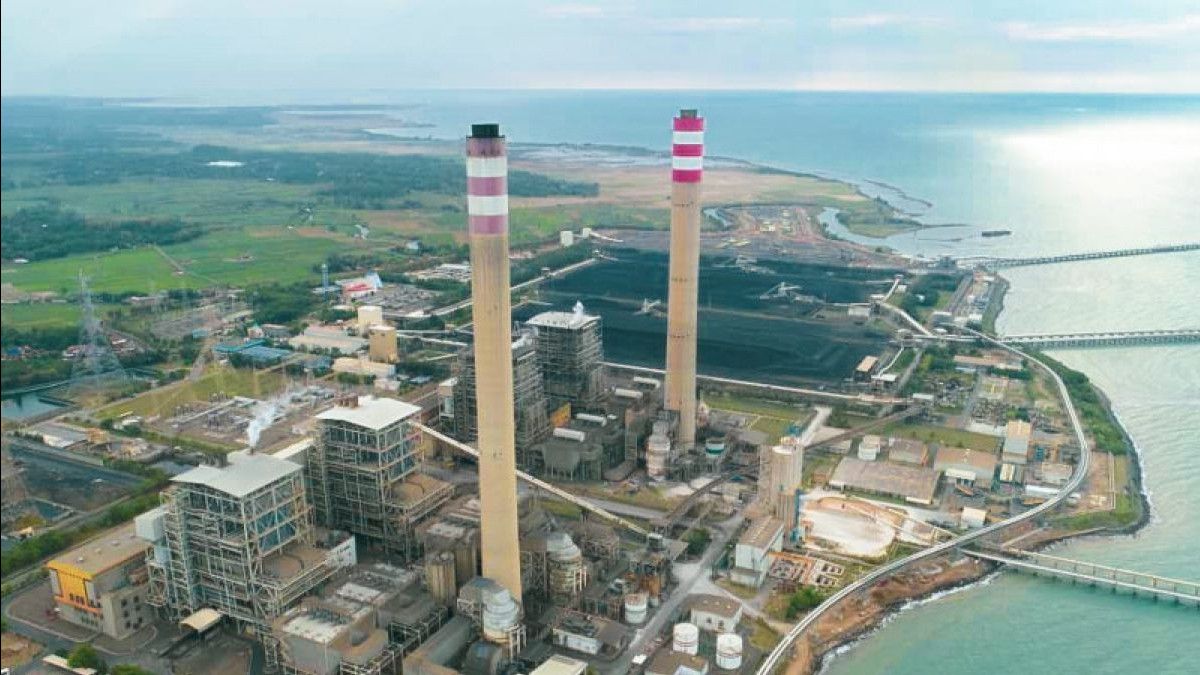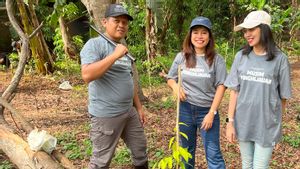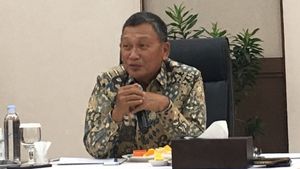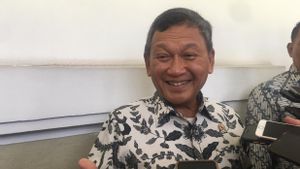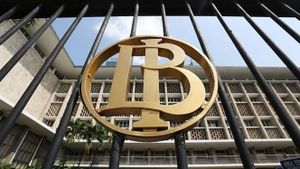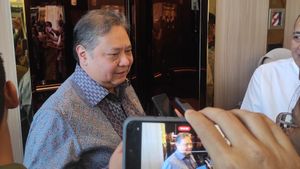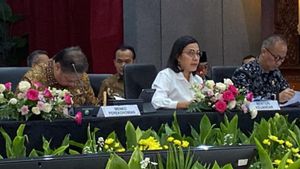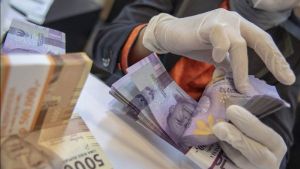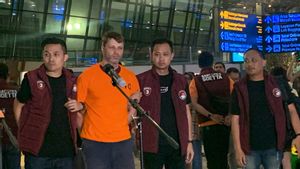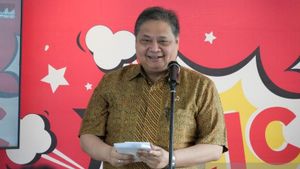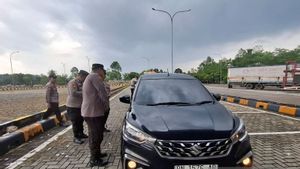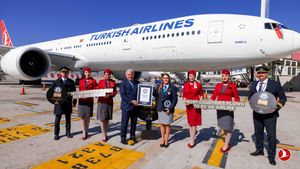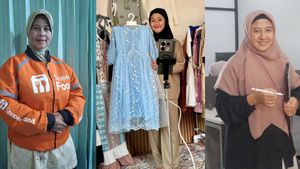JAKARTA - PT Pertamina (Perseroan) has again carried out a CO2 injection at Pertamina EP Sukowati Field, Bojonegoro, East Java. This was marked by the inauguration of the first injection of CO2 into Sukowati Field using the Huff &wah method which was carried out on Thursday 7 December in Bojonegoro, East Java.
Director General of Oil and Gas of the Ministry of Energy and Mineral Resources (ESDM) Tutuka Ariadji said that this Huff & puff method provides confirmation and validation regarding EOR technology specifically on the scale of wells, so that it is further hoped that it can also be applied in other oil and gas fields that are actively conducting CO2-EOR study activities.
He appreciated Pertamina's CO2 injection and hopes that it will run well and can be a lesson for the development of CCS/CCUS in Indonesia.
"CCUS technology is an enabler that can increase oil and gas production through CO2-EOR while reducing GRK emissions significantly. Sukowati Field will be an example in the future with a large CO2 capacity. We hope that the implementation of CCUS in Sukowati can be successful and can be a lesson for CCUS development in other fields," explained Tutuka, quoted on Friday, December 8.
It is known that S as many as 500 tons of CO2 was injected into the Sukowati-18 (SKW-18) well for 7 days. The application of CCUS technology is expected to increase field production through the implementation of CO2 EOR.
SVP Research and Technology Innovation Pertamina, Oki Muraza, emphasized that the implementation of CO2 injections using the Huff &wah method in Sukowati Field will provide specific confirmation and validation of EOR technology.
"The purpose of the CO2 injection in Pertamina's second field is to review the effects of CO2 EOR and CO2 storage in a subsurface formation for the oil and gas field. The results of this study are expected to be applied in other Pertamina fields that are actively carrying out CO2-EOR study activities, which of course will support the achievement of the target of 1 million BOPD by 2030," said Oki.
In line with Oki, Director of Development & Production of PT Pertamina Hulu Energi Awang Lazuardi said that in the future, when the implementation is full, CCUS Sukowati Field will use CO2 sourced from Jambaran Tiung Biru Field.
"We welcome the new era, one of which is CCUS for oil and gas EOR. This will be useful for the future business. Hopefully, the results can be evaluated and continued to the full implementation stage with a CO2 source from Jambaran Tiung Biru. With the CO2-EOR innovation, it is hoped that it can encourage an increase in Sukowati's production," explained Awang.
The achievement of CCUS in Sukowati Field is the result of a joint study between Pertamina, Japan Organization for Metals and Energy Security (JOGMEC) and Japan Petroleum Exploration Company Limited (JAPEX) which is a follow-up to the Joint Study Agreement of the parties signed in July 2023.
SEE ALSO:
Indonesia has the potential to become large in CCS/CCUS and in order to seize this opportunity, apart from Ajibarang and Sukowati Fields, there are still 13 other CCS/CCUS projects that are being worked on in Indonesia, spread across all regions in Indonesia, located from Sumatra to Papua, most of which are targeted onstream by 2030.
The Ministry of Energy and Mineral Resources has issued regulations in the form of Minister of Energy and Mineral Resources Regulation No. 2 of 2023 concerning the Implementation of Carbon Arrest and Storage, as well as the Arrest, Utilization, and Storage of Carbon in Upstream Oil and Gas Business Activities. This regulation includes activities including: arrest, transport, injection, storage, and use. Currently, the Regulation of the Minister of Energy and Mineral Resources focuses solely on activities in oil and gas working areas.
Then other regulations are also being prepared, namely the Draft Presidential Regulation (Perpres) on CCS outside of oil and gas activities. The draft Presidential Decree will regulate Business Licensing for Exploration Permits & Carbon Storage Operation Permits.
The English, Chinese, Japanese, Arabic, and French versions are automatically generated by the AI. So there may still be inaccuracies in translating, please always see Indonesian as our main language. (system supported by DigitalSiber.id)
